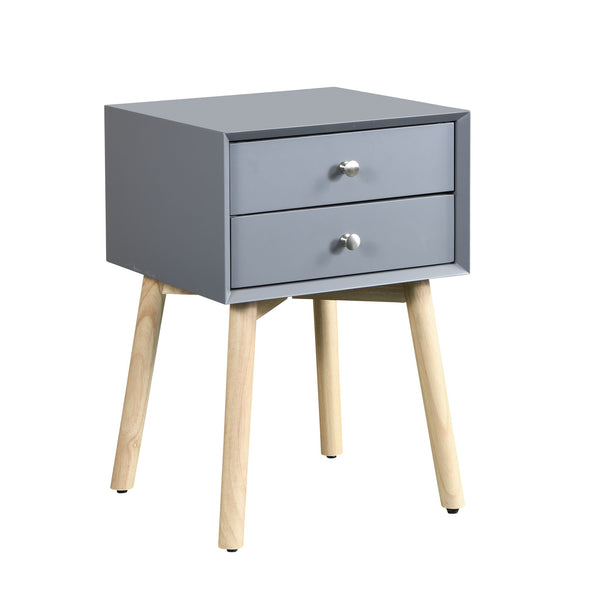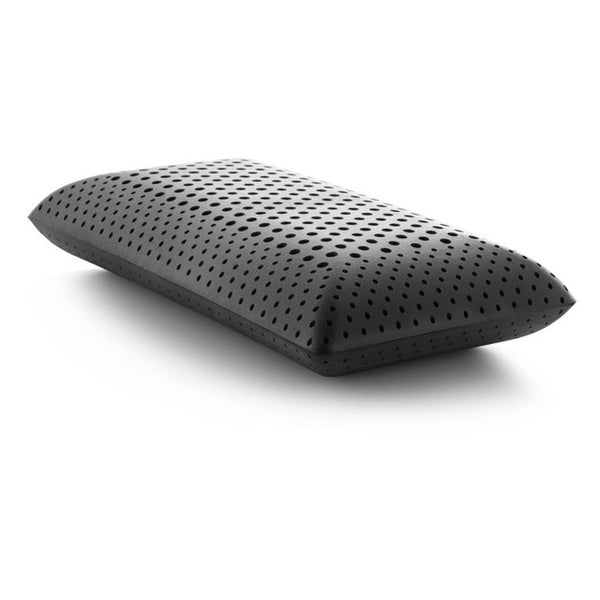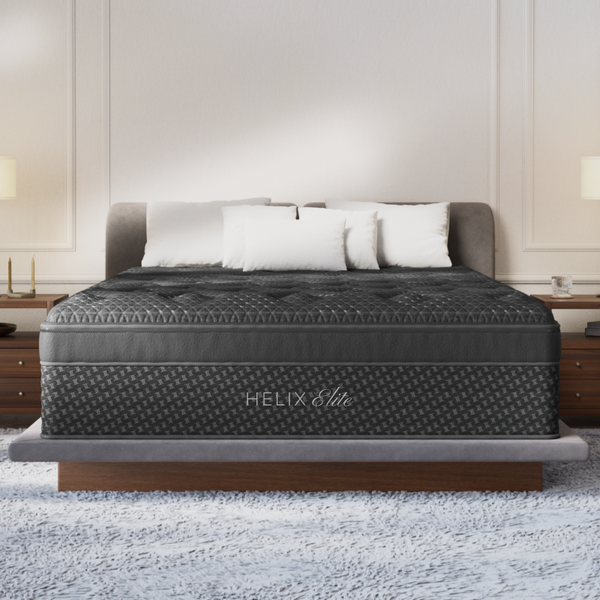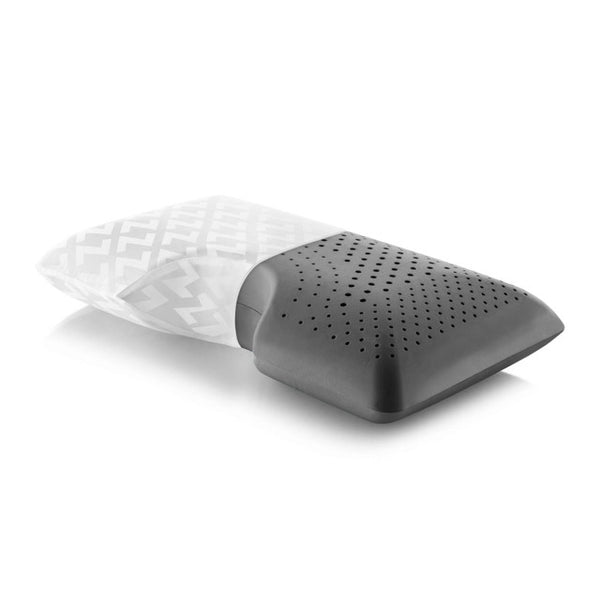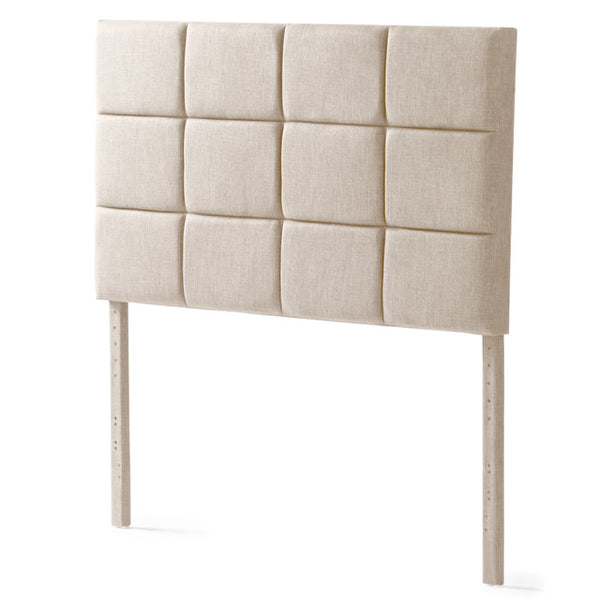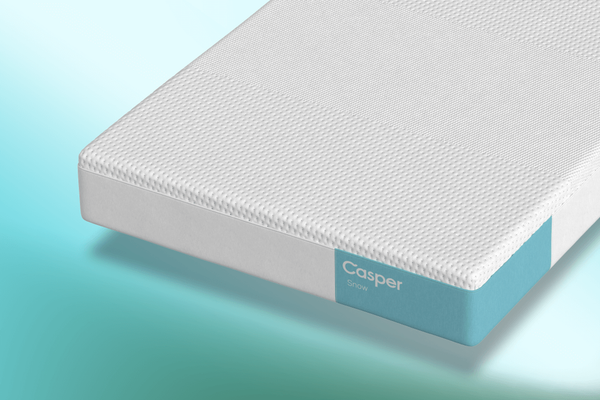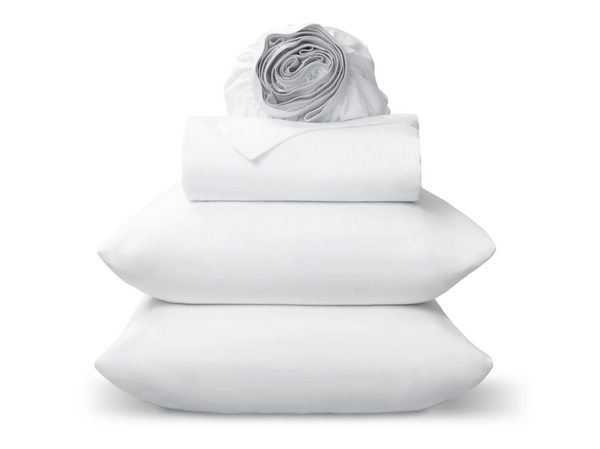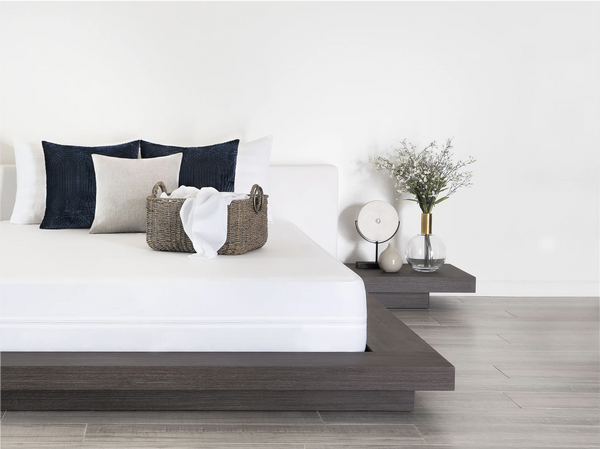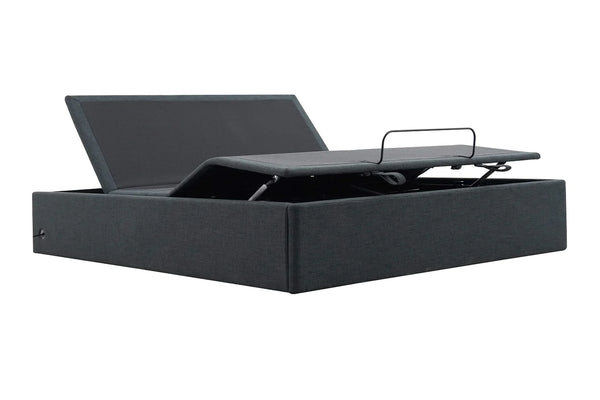What Are the Types of Mattress Support?
Though often undervalued, the foundation or bed base of a mattress should not be taken for granted. When chosen carefully, it can provide invaluable support, improve airflow, and even extend its lifespan!
There is a wide variety of foundations, from box springs to solid platforms. In this article we will explore these foundations in further depth, and which ones provide optimal support for memory foam mattresses, hybrid models and innerspring ones.
Slatted Foundations
Foundation selection for bed frames is of great significance as it will determine how well your mattress supports you and will have a direct bearing on airflow and longevity of the mattress. A slatted foundation is an easy, cost-effective solution that works well with all kinds of mattresses; consisting of wooden or metal planks laid across the base and connected by sides, it should ensure even distribution so as not to allow too much sagging over time.
Slatted mattress foundations are easy to move if you ever need to switch frames, and can even be rolled up for storage when not in use. Slatted foundations also add height, though not as much as solid or bunkie boards would.
Most slatted foundations are composed of wood, but there are metal options as well. When considering metal foundations, make sure it can withstand your mattress weight while considering spacing and thickness; poly-foam and latex foam mattresses require narrow slats no more than 2.75 inches apart on their foundation while hybrid and innerspring mattresses may require extra support in the form of bunkie boards or solid supports for proper cushioning.
Solid Foundations
Solid mattress foundations consist of wooden beams covered with durable material. These foundations are intended to replace traditional box springs for greater support than slatted foundations and work particularly well with memory foam, latex and hybrid mattresses as well as innerspring models.
Attaining the ideal mattress support is key to enjoying a restful night’s rest, whether your preference lies with a solid or slatted foundation. Without adequate mattress support, mattresses may sag, cause discomfort, and shorten their lifespan significantly. A foundation adds height to your bed making it easier to get in and out while allowing airflow more freely through it, thus decreasing heat retention and providing better air circulation through it.
Before selecting a solid foundation for your mattress, it’s essential that you read up on its manufacturer’s recommendations. Not all mattresses can work with all foundation types and some manufacturers will only honor their warranty if their mattress is used on one they suggest – some companies even provide a list of approved foundations on their websites! Steel grid foundations might be ideal as they’re easy to set up with tri-fold design making transportation a breeze while providing unrivaled durability and functionality.
Bunkie Boards
Bunkie boards (sometimes spelled bunky board) are thinner alternatives to the traditional box spring. Made of wood, plywood or composite material with fabric covers for reduced costs and used as bed foundation for mattresses requiring slimmer support than their usual box spring or those needing thinner alternatives to prevent sagging, bunkie boards can provide an inexpensive bed foundation solution.
These foundations typically stand 2 inches in height, allowing them to fit easily into most beds that need thin support systems. Bunkie boards pair nicely with various mattress types – including memory foam and hybrid mattresses – as well as slatted foundations; though if too many gaps are between slats, an additional bunkie board may be required for optimal use.
Other mattress foundation options available to you include traditional box springs, slatted bases and plywood sheets – these options can often be found at mattress stores and retailers offering bed frames. No matter which option you select, ensure it fits securely between your mattress and bed frame for optimal results and comfort and longevity.
Bed Frames
Bed frames are flat parts of mattress systems designed to directly support your mattress or foundation, holding it firmly and evenly distributed weight distribution – helping them maintain their shape without sagging. Furthermore, bed frames add decorative flair and offer various styles and materials options.
No matter if it be slatted or solid foundations, choosing the type of frame can significantly impact your sleep experience. Most mattress brands suggest foundation types compatible with their models for optimal sleeping experience and foundations that don’t match up may cause sagging and invalidate warranties.
Slatted bed frames come in various designs, from traditional to contemporary. They may feature wood planks or metal beams that stretch across the frame and connect it with nails or screws on either side, making the bed frame quite sturdy. When selecting one for yourself it’s essential that the spacing between slats be carefully considered as it could lead to mattress sagging if they are too far apart.
If you prefer more minimalist looks, a platform bed may be right for you. This style is popular due to its sleek low profile and lack of box spring requirements, saving both space and money. Decorilla lead designer Devin Shaffer recommends KD Frames’ model for its affordable simplicity as well as solid poplar construction that stands up against regular use – plus folding storage capability!

